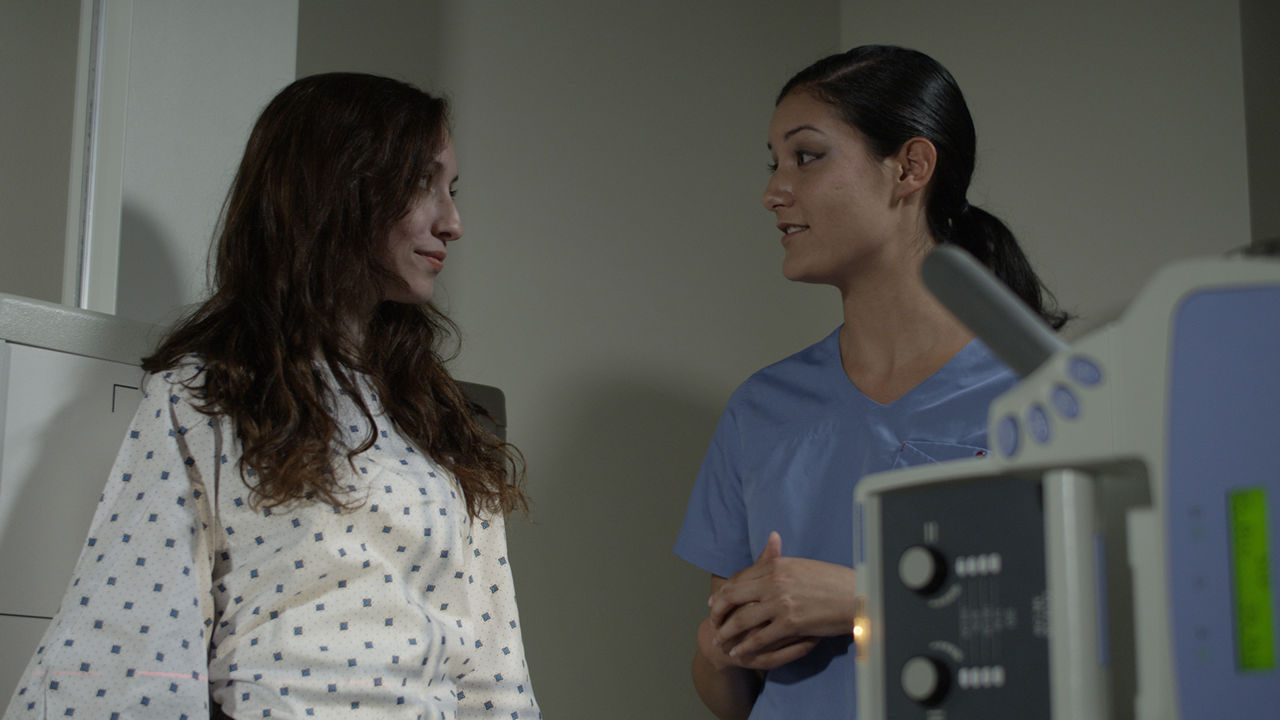If you work as a Limited Machine X-ray Operator (LXMO), you might take X-rays of a child’s broken wrist and calm the child down if they’re afraid of the X-ray machine. Or you might image a weekend soccer warrior’s badly sprained ankle. Also called X-ray technician, people who do this job do similar things to a radiologic technologist, also called a radiographer, but the professions aren’t interchangeable. Both careers work with some of the most technologically advanced equipment available, but the X-ray technician’s role is more limited in scope. Some people get started as an X-ray tech and then go further in their education to become a radiographer.
A note on terms: sometimes radiologic technologist and X-ray technician or technologist get used interchangeably. This article focuses on the duties of a limited machine X-ray operator, the most updated term for this field, according to American Society of Radiologic Technologists (ASRT). This term replaces radiologic technician, x-ray technician and limited permittee. You might see the other terms in your research on the career.
X-ray Technician Duties
Limited machine X-ray operators take X-rays of specific areas of the body. As an X-ray tech, you might take images of a patient’s chest, hands, knees or ankles but you aren’t allowed to image more sensitive areas such as the abdomen, according to American Society of Radiologic Technologists (ASRT). Your primary job is to assist the radiologic technologist or physician. You might interact with the patient, but you generally won’t read the X-rays for a diagnosis. That’s the radiologist’s or physician’s role.
However, you work closely with these medical professionals and your X-ray skills are integral to diagnosing a patient. It’s also important to have good people skills for working directly with patients because in your role operating the X-ray machine, you’ll likely explain the procedure to the patient, help them get comfortable, and position them properly for the imaging so you can get high-quality images. The job requires independent judgment, critical thinking, and problem-solving skills and you might work in a fast-paced environment.
As a LXMO, you could work in a variety of different settings, such as a hospital, orthopedic clinic, physician’s office, and diagnostic imaging centers.
Fortis offers two paths to acquire the X-ray skills you will need to start or advance your career. First, Fortis offers an Associate degree program in radiologic technology. This program is offered at our Columbus, OH; Landover, MD, Cookeville and Nashville, TN; and Baton Rouge, LA.
At the entry level, Fortis offers a diploma program in Medical Assisting with Basic X-ray Skills at our campuses in Cutler Bay and Port St. Lucie, FL; Columbus, OH; and Salt Lake City, UT. Learn more by visiting our site or call us today at (855) 436-7847 and speak to one of our admission representatives!

